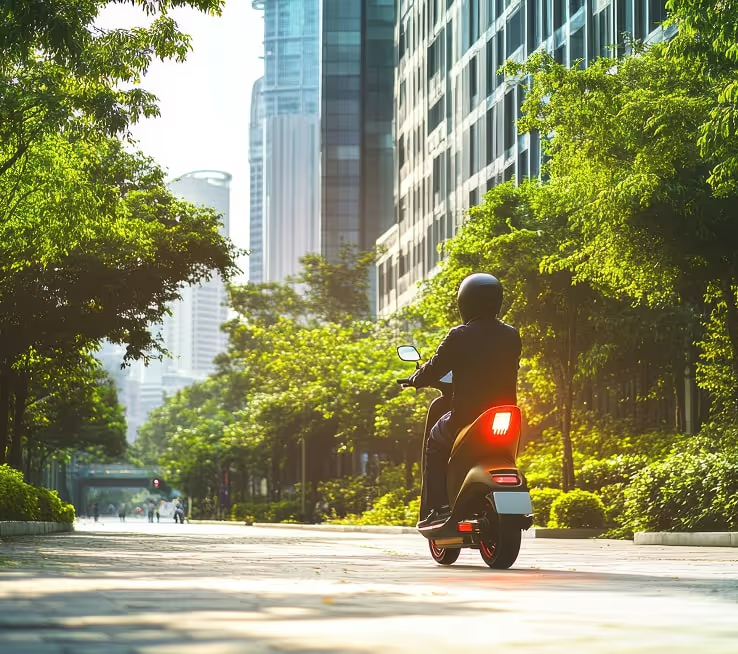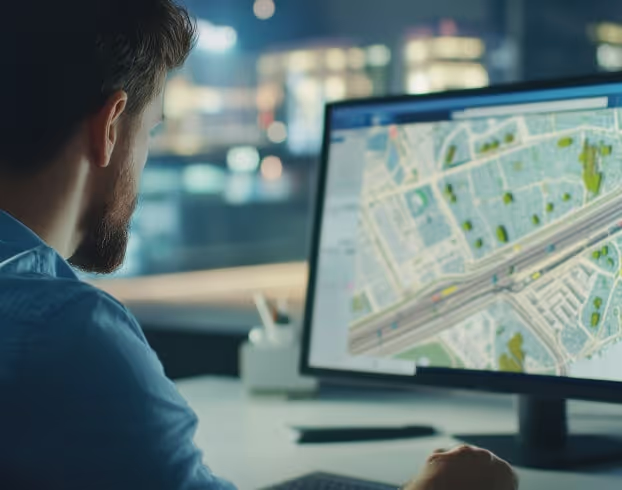Is Tesla for real about robotaxis?
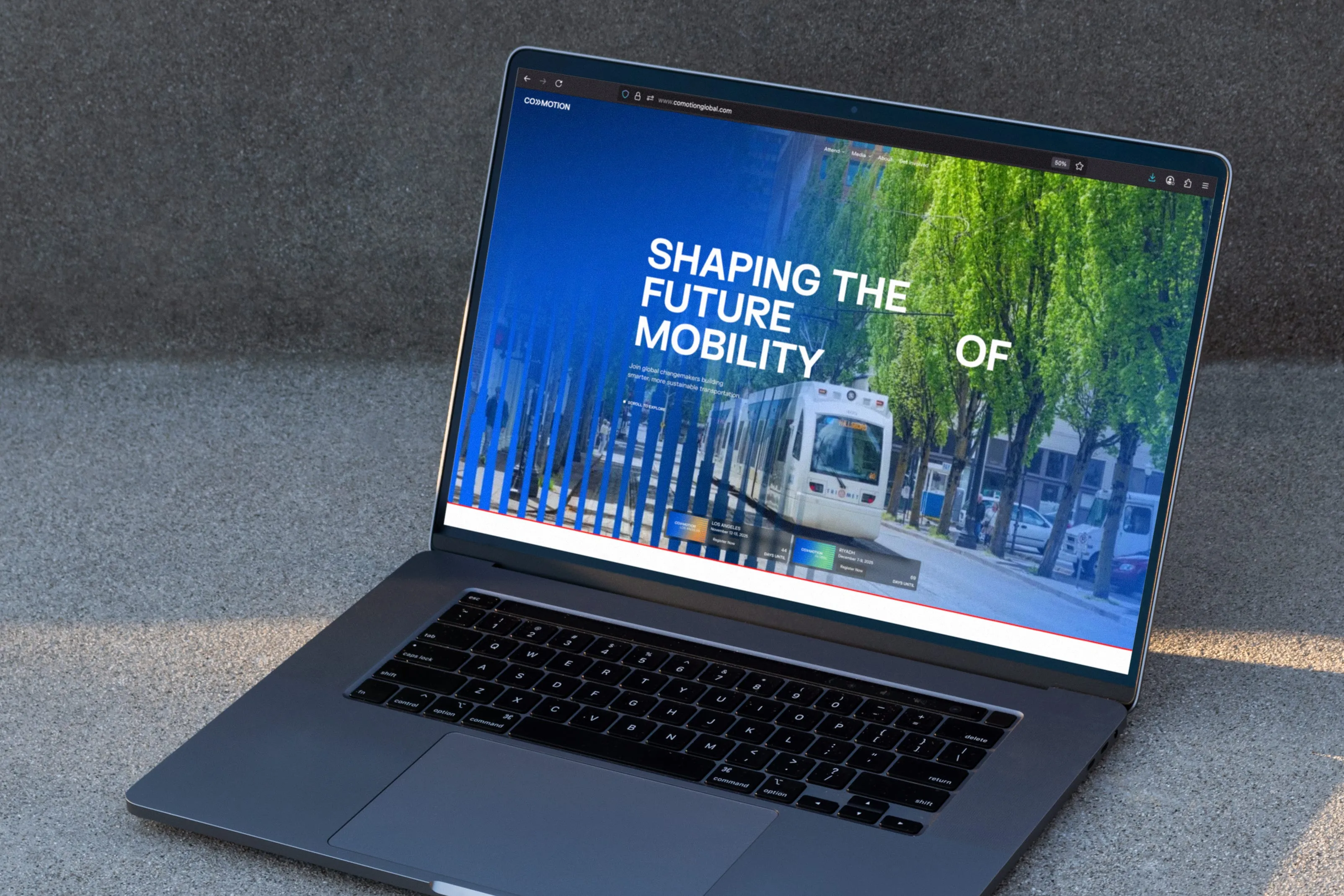
Dates to remember
- Mobility Speed Chats: digital networking event on Oct. 7. Sign up for a chance to win a free CoMotion LA Ticket.
- CoMotion is moderating the ‘Belgium-California Dialogue on Smart & Sustainable Cities’ panel at the Smart & Resilient Cities Forum on Oct. 9 at the Academy Museum of Motion Pictures in Los Angeles.
- CoMotion INNOVATORS Program application window closes on Oct. 15!!
- CoMotion LA Salon at LA Tech Week: ‘The Future of Mobility UX’ on Oct 15 to discuss the future of the mobility experience and LA's unique opportunities. Co-hosted by CoMotion and BMW Designworks.
- CoMotion LA ‘25 & CoMotion GLOBAL: get your pass and save 30% now until Oct 20.
Welcome to CoMotion NEWS, your weekly roundup of news and analysis of the mobility revolution. If this email was forwarded, you can sign up here for NEWS.

Welcome to CoMotion 2.0! Our refreshed branding and website reflect our future-forward CoMotion community. Take a look now!
Tesla is sending some mixed signals. The company is both trying to make a trillionaire out of the CEO who stood behind Donald Trump as he promised to undo environmental regulations and pleading with the Trump administration not to follow through on those promises. And what’s up with its robotaxis? Elon Musk told investors he’d already secured permits to deploy them in San Francisco, but state regulators say this is the first they’ve ever heard of it.
In other autonomous news, Baidu gets a permit to operate in Dubai, Waymo launches a B2B service, Zoox asks the federal government to let it make cars without steering wheels, and a European startup seeks to boost the continent’s rail system with driverless trains. Also: can you imagine an engine powered by a car’s own rust? Researchers in Japan can! Plus a roboticist says humanoid robots will never have the hands to do what we can do.
What you need to know
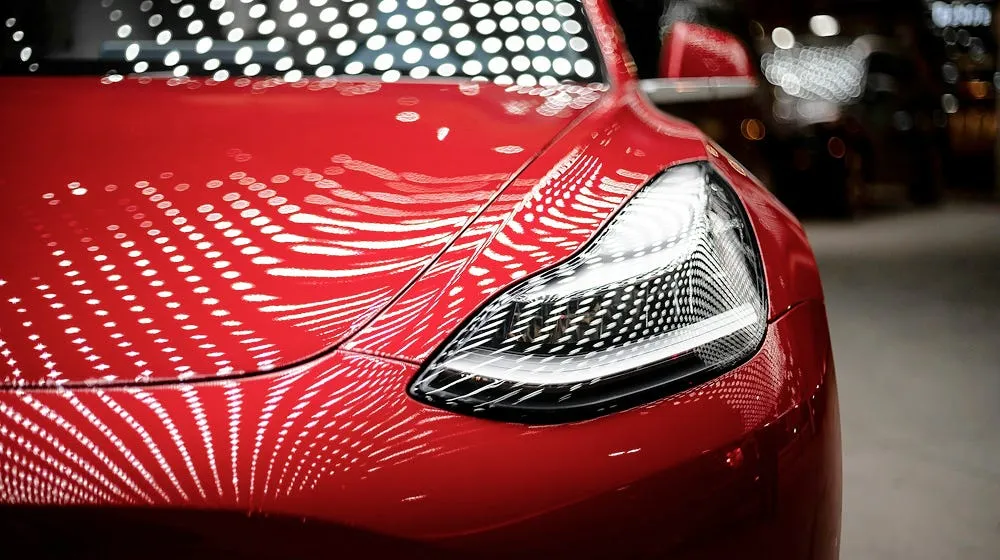
Tesla v. Trump: Tesla urges the the Trump administration not to weaken current vehicle emissions standards or discard a foundational 2009 climate finding underpinning U.S. regulation. In a sense, this is entirely predictable. Tesla is an electric vehicle maker, after all, and has benefited from environmental regulations that favor EVs. Indeed, Tesla would not have posted a profit in the first quarter of the year if not for the $595 million it made selling emissions “credits” to automakers that weren’t meeting U.S., E.U. or Chinese emissions targets. And yet, it is somewhat disorienting after several years when Elon Musk downplayed the threat of climate change and embraced a president who campaigned on eliminating EV incentives and rolling back climate regulations.
…and what is Tesla doing in California? Reuters reports that in emails sent earlier this summer, Musk told investors that Tesla’s small-scale robotaxi testing in Austin had been a success and that the company was preparing to roll out robotaxis in San Francisco, where he said it had already received regulatory approval. The reality is the company has not even begun the process of seeking permits in California and has not begun to expand its operation in Austin beyond the invite-only pilot with a human operator present.
Zoox seeks approval of a steering wheel-free car: Zoox, Amazon’s self-driving unit, petitions federal regulators for a “555 exemption” to allow the commercial deployment of its custom-built robotaxis despite the absence of traditional controls like pedals or steering wheels. The move follows Zoox’s earlier demonstration-exemption and launch of a free robotaxi pilot in Las Vegas, marking a step toward full commercial robotaxi operations.
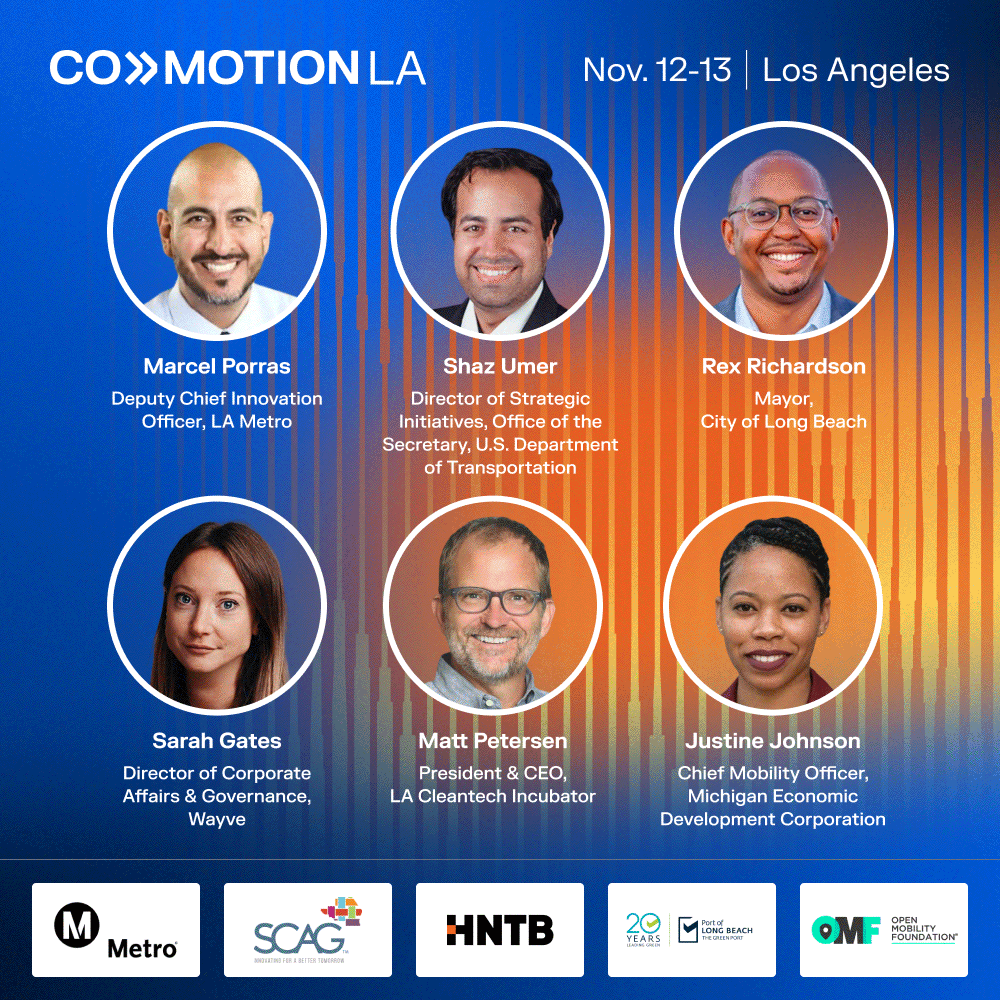
At this inflection point in the American mobility ecosystem, the nation’s decision makers are attending CoMotion LA ‘25, Nov. 12-13. Join them, along with cutting-edge companies, investors, and public sector partners as they discuss what’s next.
Take part in two days of dynamic programming featuring critical conversations on autonomy, sustainable logistics, mega-events, advanced air mobility, and a special OMF Summit Track to discuss what’s next in digital infrastructure.
Grab your pass today, save 30%.
Waymo targets employers: The Alphabet-backed robotaxi company unveils “Waymo for Business,” allowing employers to offer discounted rides to employees. Right now, Waymo still costs more on average than a human-operated Uber or Lyft, but industry optimists believe robotaxis will eventually be able to drop prices by as much as 50-75%. If that is the case, free or near-free rides could become a common perk in workplaces.
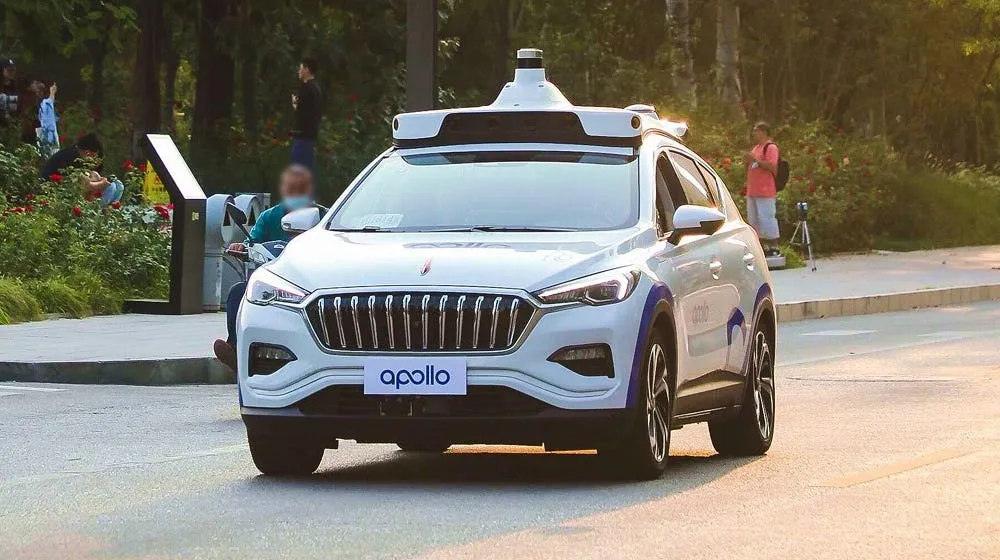
Baidu snags Dubai permit: The Chinese tech giant is the first to be awarded an autonomous ride-hailing permit in Dubai, where it can begin testing immediately. The company plans to be operating robotaxis commercially there next year and to grow its fleet to roughly 1,000 by 2028. Baidu already operates robotaxis in numerous Chinese cities and claims to already be breaking even on rides in Wuhan.
Rapido’s valuation doubles after Swiggy sale: Swiggy, a Bengaluru-based food delivery service, sells its 12% stake in Rapido, India’s leading ride-hail company. The move, which occurred after Rapido began to dabble in food delivery on its own, prompted Rapido’s valuation to shoot up to $2.3 billion.
Don’t forget about driverless trains: Futurail, a Franco-German startup based in Munich and Strasbourg, raises €7.5 million in a seed round to develop and deploy autonomous software for trains. The case for autonomous trains is pretty simple: if it reduces labor costs it could allow transit agencies to increase service.
Useless car, useful battery: The Guardian reports on the big demand at Australian salvage yards for EV batteries from totaled cars. Buyers are repurposing old EV batteries –– even those that have significantly degraded –– for off-grid energy systems, solar storage units and much more.
Useless car, useful hydrogen: A study by Japanese researchers suggests that the rust on cars could be harnessed to efficiently extract hydrogen for use in fuel cells. The idea is that a vehicle could have both a lithium ion battery and a fuel cell. As the car rusts, the hydrogen generated from the rust would feed into the fuel cell, offering the car a second source of power. It will no doubt be a while before this becomes a reality, but it’s an exciting concept.
Singapore’s rigorous AV testing process: Channel News Asia explains the process by which autonomous vehicle developers get approved to operate in Singapore, the city-state that is often held up as an exemplar of government competence and innovation. At this point, AVs in Singapore remain highly restricted, only allowed to operate on fixed, geofenced routes.
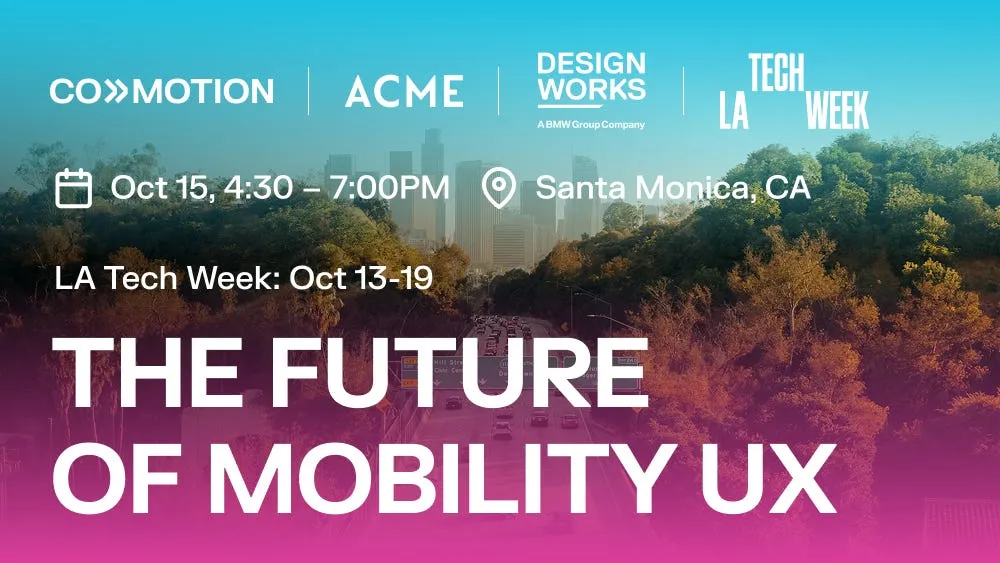
What does the future of LA mobility look like, where are the opportunities, and what barriers are in our way?
Join stakeholders from both the public and private sector to listen about and discuss the future of the mobility experience and LA's unique opportunities. Co-hosted by CoMotion and BMW Designworks, this conversation will touch upon autonomy, connectivity, urban planning, and digitization.
This event is a part of #LATechWeek—a week of events hosted by VCs and startups to bring together the tech ecosystem.
What we’re reading
Why humanoid robots can’t handle it: In a very detailed essay, MIT roboticist Rodney Brooks argues against the big hype for humanoid robots, saying it is “pure fantasy” that there will be robots able to perform the same physical tasks as a human anytime soon. The problem: dexterity. Robots are not close to having the “rich sense of touch” that is so crucial to how humans interact with the physical world.
Careers
Program Intern
We are seeking a proactive Program Intern to join our dynamic team. This is an exciting opportunity to take an active role in advancing the development of an ambitious, international portfolio of events and to interact with some of the foremost global leaders in the field of new mobility.
